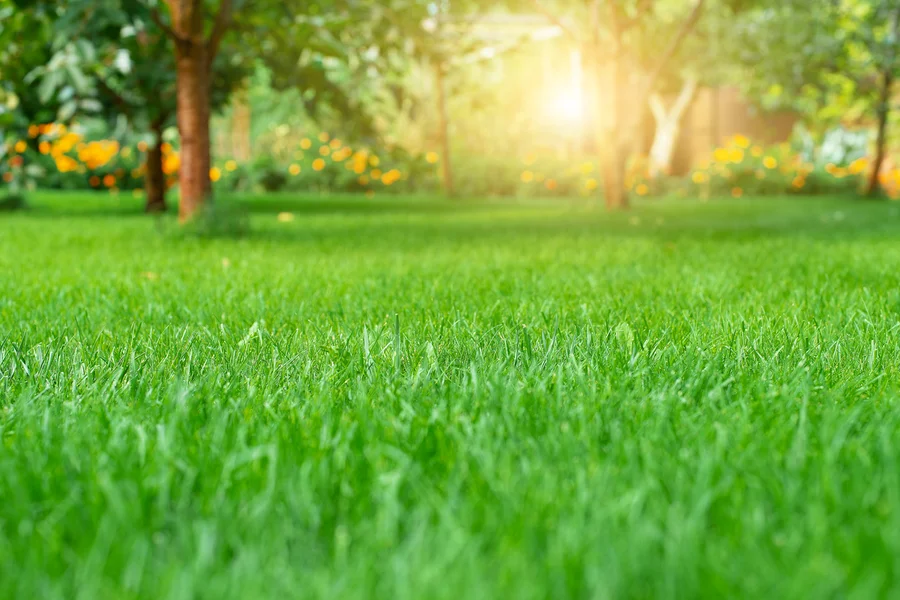Why Aeration Matters for Your Grass Health
Aeration is a vital practice in ensuring a healthy and lush lawn. It involves creating small holes in the soil to allow air, water, and nutrients to penetrate grassroots. This process helps roots grow deeply and produce a stronger, more vigorous lawn. Understanding the importance of aeration can help you maintain a beautiful outdoor space. Whether you’re a homeowner or a professional landscaper, knowing why and how to aerate your lawn will provide long-term benefits.

The Benefits of Regular Aeration
Regular aeration provides numerous advantages for maintaining healthy grass. By improving soil structure, it allows for better absorption of water and nutrients. This leads to thicker and greener grass growth. Additionally, aeration reduces soil compaction, promoting root expansion and reducing thatch buildup. When included in professional lawn care routines, these benefits ensure that lawns remain resilient and attractive throughout the year.
How Compacted Soil Affects Your Lawn
Compacted soil can severely limit the health of your grass. When soil particles are tightly packed, they restrict the flow of essential elements like air and water. This can lead to weak grass with shallow roots, making it prone to damage from pests and environmental stressors. Addressing soil compaction through regular aeration is crucial for effective lawn care strategies.

When to Aerate Your Lawn
The timing of aeration plays a significant role in its effectiveness. It’s best performed during the growing seasons when the grass can recover quickly. For cool-season grasses, early spring or fall is ideal. Meanwhile, warm-season grasses benefit most from late spring or early summer aeration. Ensuring proper timing aligns with professional lawn maintenance schedules and maximizes results.
Aeration Tools and Techniques
Various tools and methods can be employed for effective aeration. Core aerators remove plugs of soil, creating pathways for air and nutrients. Spike aerators poke holes without removing soil but are less effective against compaction. Choosing the right tool depends on your lawn’s specific needs. Using an appropriate technique ensures optimal outcomes in your personalized landscaping efforts.
Step-by-Step Guide to Aerating Your Lawn
- Mow your lawn short before starting the aeration process.
- Water the soil lightly to soften it for easier penetration.
- Use a core aerator over the entire area for thorough coverage.
- Focus on high-traffic areas where compaction is likely worse.
- After aerating, apply a suitable fertilizer to nourish the roots.
- Finish by watering the lawn again to help settle the soil.
Tips for Maintaining an Aerated Lawn
- Regularly check for signs of compaction to determine if re-aeration is needed.
- Fertilize and water appropriately to support new growth after aeration.
- Avoid heavy traffic on the lawn during recovery periods.
- Consider overseeding after aeration to enhance lawn density.
A Cost-Effective Approach to Healthy Lawns
Aerating your lawn may seem like an additional task, but it offers cost-effective returns by promoting healthier turf that requires less maintenance. With deeper roots absorbing water efficiently, you can reduce watering frequency and save on utility bills. Moreover, by keeping diseases at bay, you minimize treatment costs. Thus, incorporating aeration into your routine not only improves grass health but also optimizes resource use.
Achieving Lush Lawns With Expert Help
If you’re aiming for vibrant lawns that stand out, consider reaching out to experts who understand the intricacies of aeration and overall lawn care practices. Located in Rio Hondo, TX, our team specializes in providing top-notch services tailored to meet your specific landscaping needs. Contact us today at (956) 628-5612 for a consultation. At M&A Lawncare & Welding, we pride ourselves on delivering exceptional results that transform ordinary spaces into extraordinary landscapes.
